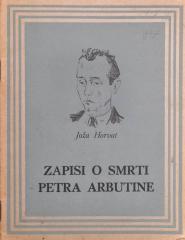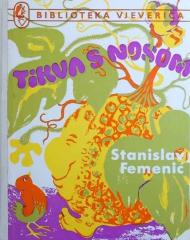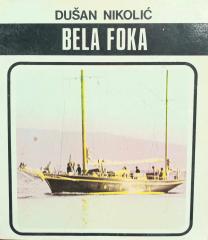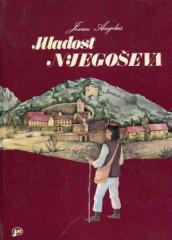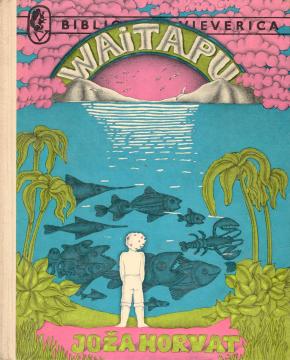
Waitapu
A symbolic, almost mythical story of growing up through the eyes of the boy Ite, an orphan raised by grandmother Orohiva in a fishing village in Oceania. The question of what lies on the other side of the mysterious line called the Waitapu - drives his de
In conversation with the witch doctor Tefot, Iteo learns that Waitapu is a forbidden border, a mystical place that no one may cross – “the line is the law… the line is the boundary, the line is the prohibition, the line is the curse”. But with Parana, the ocean-embodied old man, the boy discovers a different meaning of the line: they are social and spiritual obstacles that hinder growth, and courageous individuals must cross, change them, in order to progress.
Parana helps Iteo to question old customs and fears – boundaries set by witch doctors and chiefs – and conveys to him the philosophy of freedom: progress is possible only if these people and laws are questioned. In the end, Iteo, with Parana and Parana’s daughter Hina, manages to cross the Waitapu line, achieving not only physical freedom, but also spiritual maturity.
The story conveys a universal message: life is a quest, and finding meaning lies in courage and the belief that boundaries should be broken, not in respecting the boundaries imposed by tradition. The story is set in an exotic natural environment, where the sea and forests symbolize the space of freedom, and the village and witches are its prisons.
Horvat, sailor and writer, summarizes his life philosophy in Waitapu - the connection between man and nature, the search for depth, and the eternal tension between forbidden features and unquenchable human curiosity. The novel, often compared to The Little Prince and Jonathan the Seagull, has a timeless significance and ranks it among the most acclaimed works for children and adults.
One copy is available

